Plants require basic elements such as water, light, temperature, and nutrients to grow and develop. The final determinant of how they thrive depends on how a group of plants in a given environment interact, benefit and affect each other's needs. We have researched every aspect of planting compatible and incompatible plants that you will surely benefit from.
Incompatible plants are required to be planted two or three rows apart. In some cases, they should be cultivated in different garden spaces or at least on the opposite side of a larger planting bed (10 by 10 feet). Remember to not place the plants in the same container and keep potted vegetation apart.
Cultivating crops, vegetation, and any other growth needs to be done properly in order to avoid any issues or problems with the plants. Permaculture has been performed by gardeners for many years and is considered to be quite effective. With that being said, we are here to guide you through this entire process. If you wish to find out more, continue on reading!
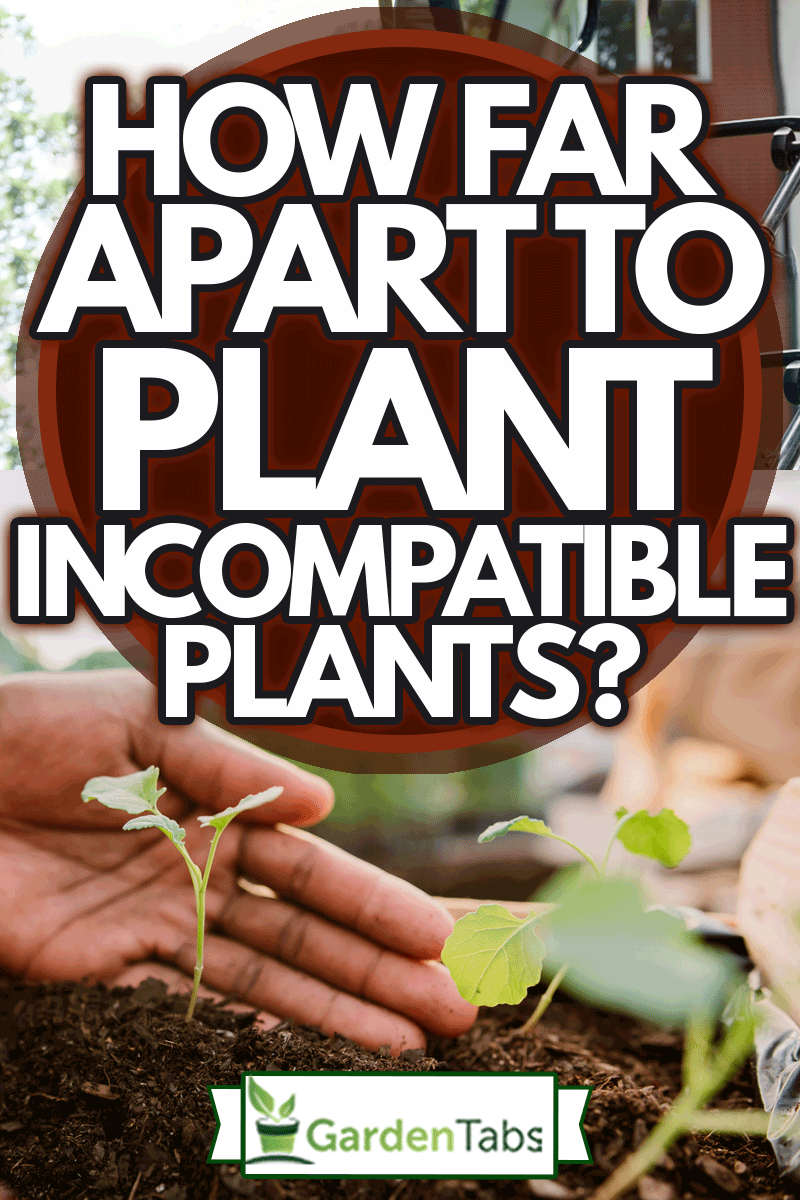
What Are The Factors Affecting Plant Growth?
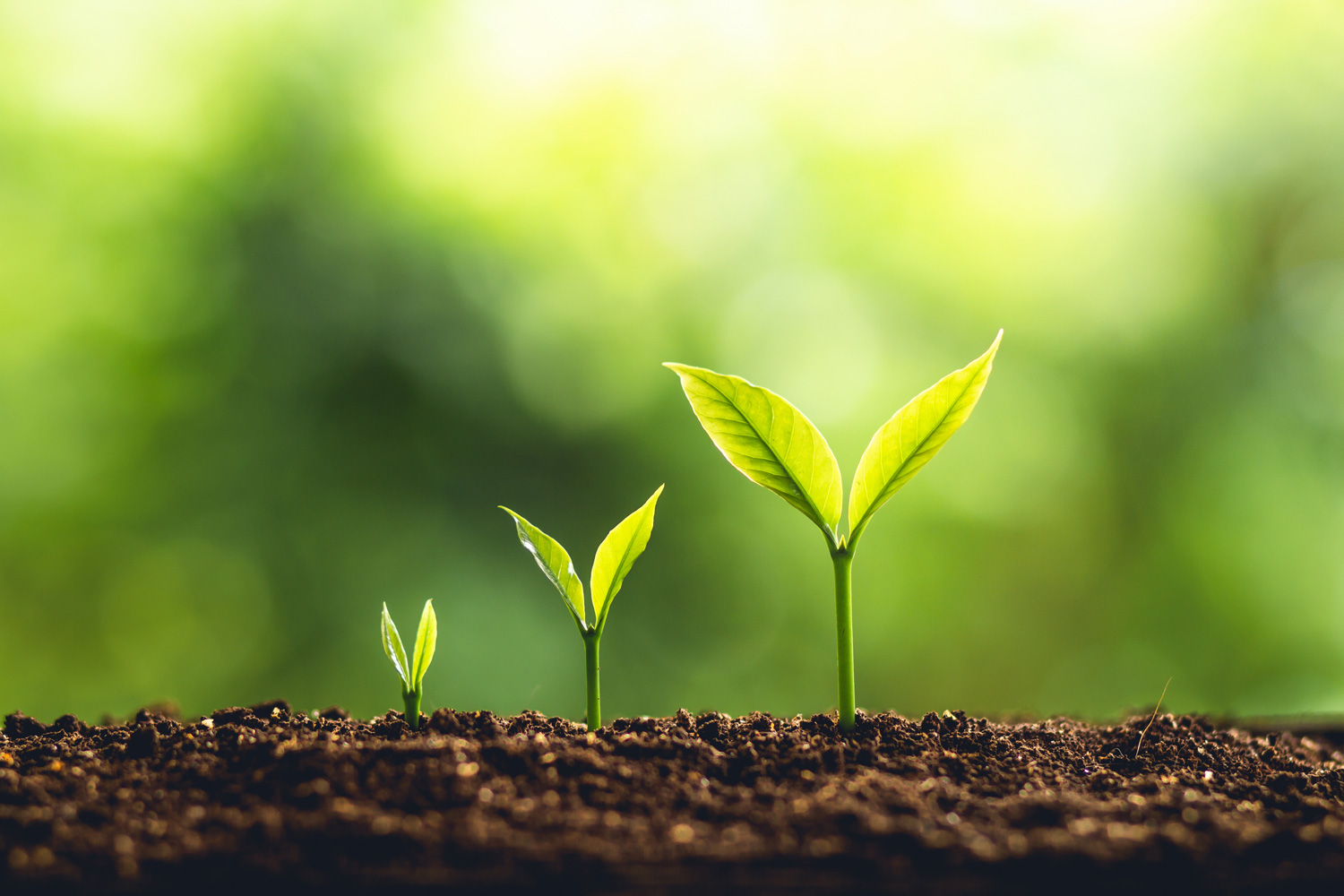
A general understanding of the factors that directly influence the growth of plants would enable you to provide the necessary components for their development.
Plants have the natural ability to respond and react to their surroundings. They thrive in the ideal conditions and deteriorate or even die with environmental stress.
Water, temperature, light, and nutrients are the basic elements required by plants.
Water
Water is the primary substance necessary for plant growth. Before light, temperature and nutrients become a factor, water initiates germination and root development. The amount of water present in early plant life determines its size since it is a basic component of cell division.
Water is also vital in the process of photosynthesis, where plants use sunlight to produce their own food in the form of simple sugars. Water is the medium that transports resources such as oxygen, carbon, hydrogen, nitrogen, and other elements throughout the plant and its systems.
Temperature
Plants have a demonstrable reaction to temperature. Some thrive only in generally warm or tropical climates, while other species can survive all forms of weather. Temperature is an important consideration since the type of plants you intend to cultivate rely directly on the local climate in order to grow.
The rate of plant development is influenced by the environmental temperature, plants tend to grow faster through the stages in warmer areas. Mulch or compost layered around your plants help regulate the soil temperature.
Sunlight
As mentioned, sunlight is the energy used by plants in the process of photosynthesis. With the presence of chlorophyll in the leaves, a compound that uses light and transforms it into energy, plants are able to convert water and carbon dioxide into oxygen and carbohydrates.
The simple sugars are absorbed by the plant as food and sustenance and enable them to develop and grow. Different plant species have varying light exposure requirements.
Trees, crops, and flowering varieties thrive in full sunlight, while most ornamentals and house plants prefer partial shade. It is important to know the specific need of your individual plants since it would determine their placement in your yard or garden.
Nutrients
Nutrients are chemical elements necessary for growth and plant metabolism. The most important elements are oxygen, hydrogen, carbon, nitrogen, phosphorus, and potassium.
Plants combine the carbohydrates they produce with absorbed nutrients to synthesize proteins, enzymes, and other compounds essential for development. Proteins are the building blocks of all living organisms; in plants, they develop into the roots, trunk, stem, leaves, fruits, and flowering systems.
Enzymes are compounds that facilitate different metabolic processes within the plant. It's a little-known fact that less than five percent of nutrients available in the soil are actually extracted and absorbed by the roots, the rest dissolved in the ground by water.
This is where the process of fertilization becomes necessary. Soil additives enrich the environment by providing an external source of plant nutrients.
Permaculture, Companion Planting, And Incompatible Plants
What Is Permaculture?
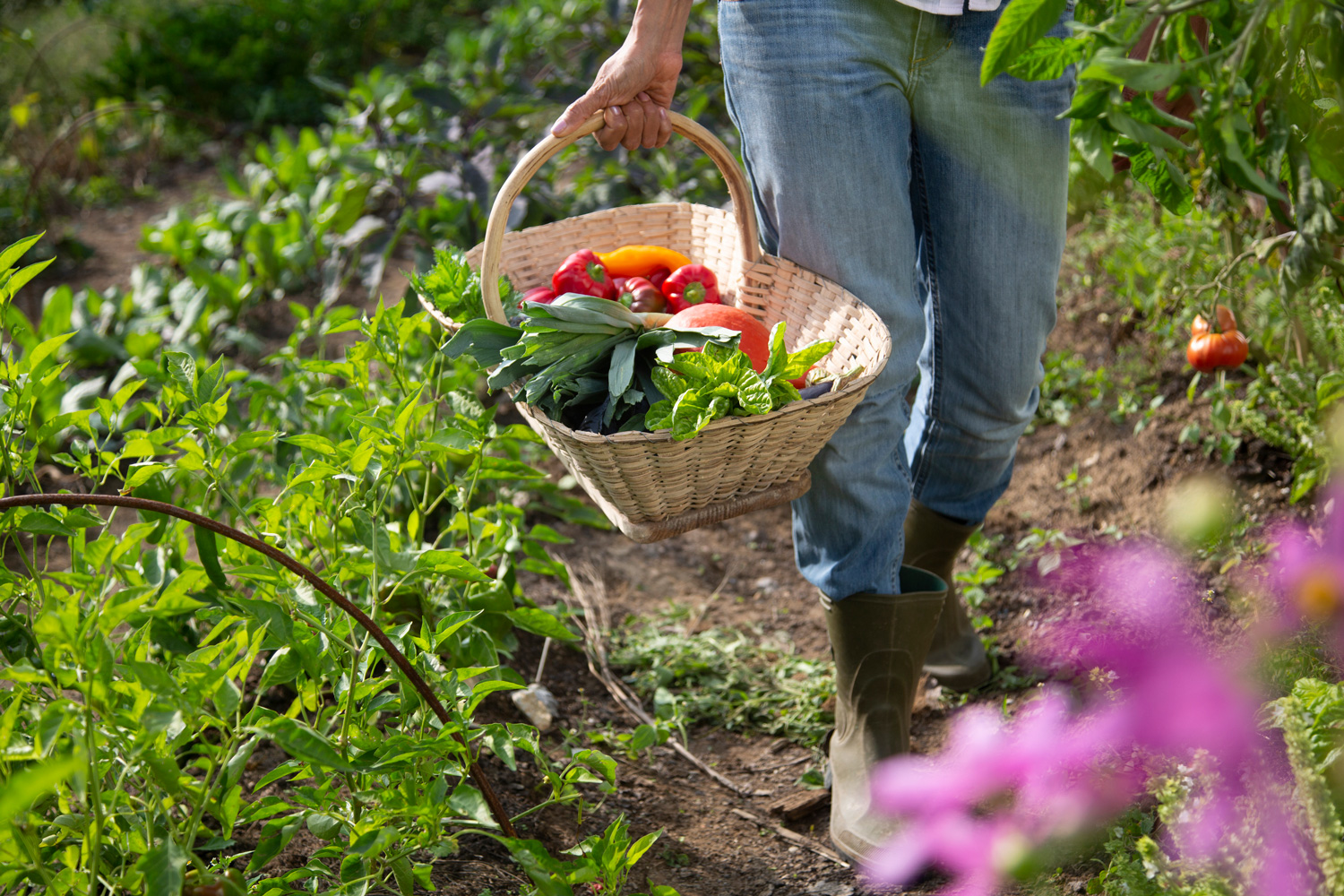
Permaculture is a method of plant and crop management that patterns growth combinations based on ecosystems observed in nature. The principle behind the approach aims to consider all the factors and the overall effects of how the plants in the environment interact and survive.
Plants have the same general growth requirements in order to survive - water, sunlight, optimal temperature, and nutrients. However, different levels or amounts of the factors vary between species.
Some need more water than others. There are plants that thrive in full sunlight, while there are those that grow better in partial shade. Plants that require the same nutrients may compete for their availability in the soil.
Companion Planting
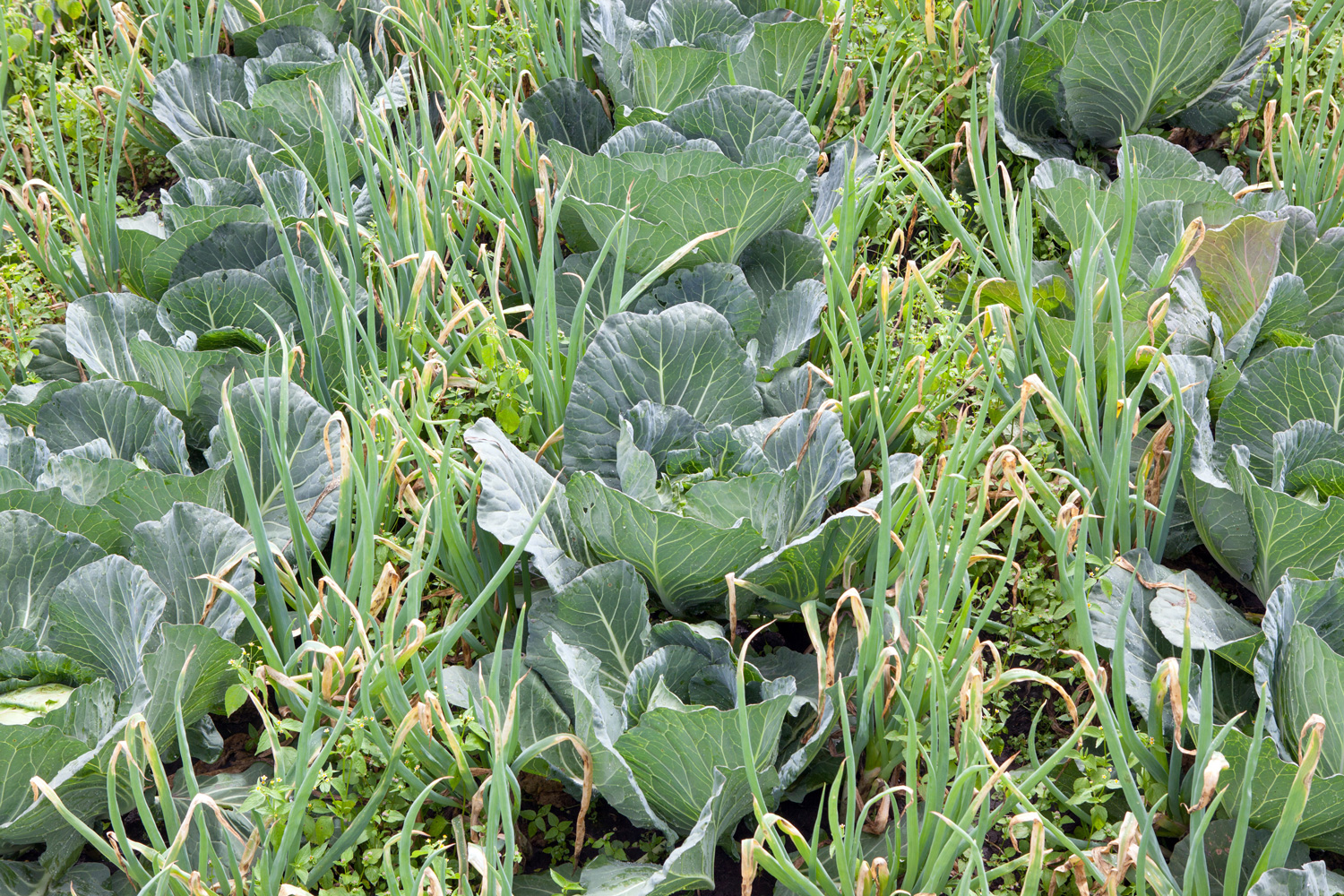
Companion planting is a form of permaculture that basically involves observing the relationship between plants in the garden. Certain combinations complement the overall growth of all plants in the environment and create a sustainable ecosystem. Some species, however, have adverse or exhibit negative effects and compete for survival.
Cultivating various crops in the vicinity because of reasons such as pest repelling, pollination, improving soil health, and increasing the overall crop productivity is the general principle of companion planting. It is a form of polyculture - planting or growing different crop species in the same space at the same time.
Many gardeners and farmers alike have been practicing this principle 8,000 to 10,000 years ago. They began growing squash, then corn, and then beans, forming the "Three Sisters" of this agricultural approach.
The cornstalk functioned as a post for the beans to mount and climb. The beans served as a fixer that evidently contributes to soil nutrients and as such, sustaining the corn. While the squash uses its large leaves to provide shade to the soil, maintaining it moist.
Compatible Plants
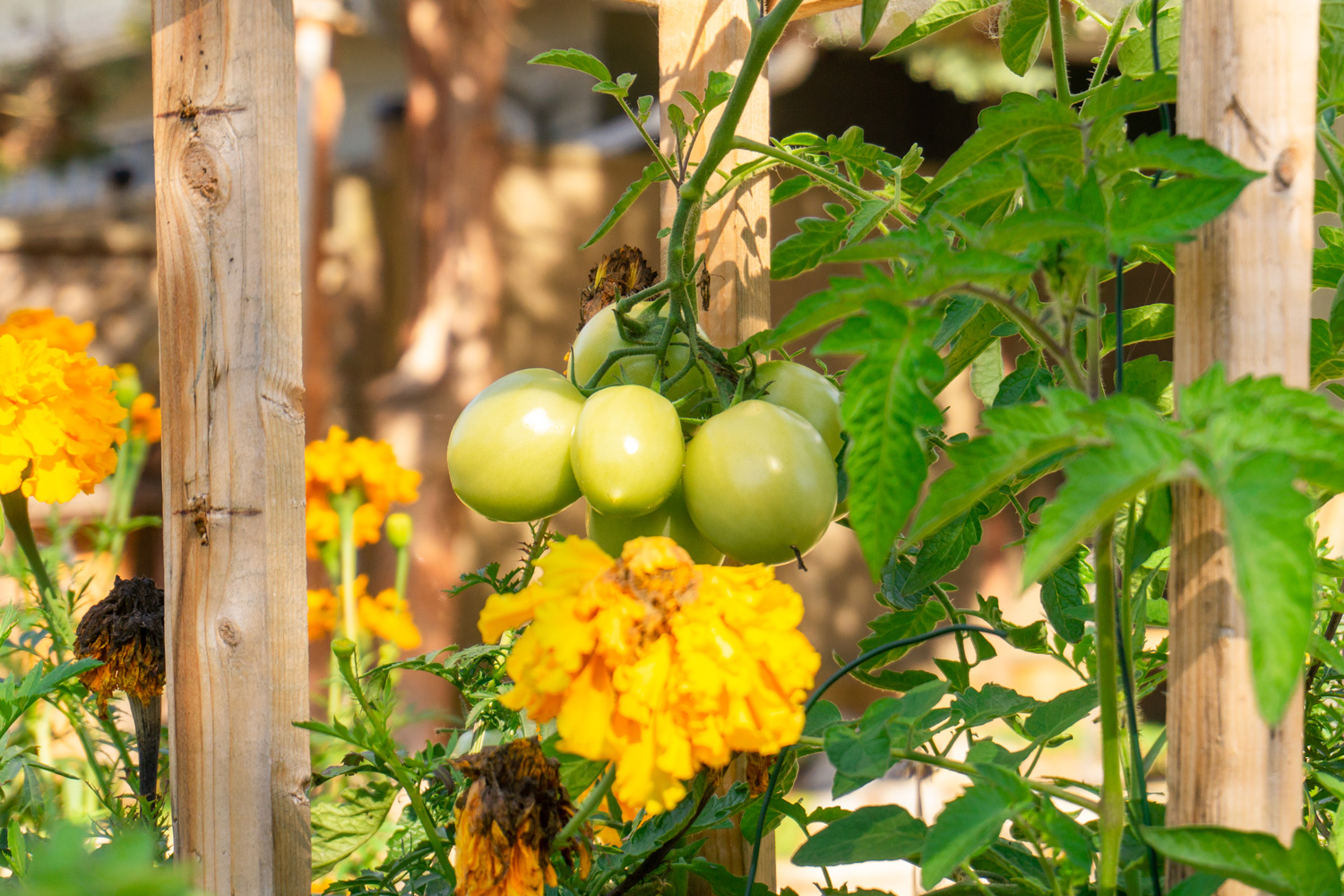
Basil And Tomatoes
Basil functions as a pollinator that attracts bees, leading to healthy tomato development. It also acts as a repellent when paired with tomatoes simply because it repels pests such as thrips, and it baffles or disorients moths that lay eggs on tomatoes.
Nasturtiums With Cabbage, Broccoli, And Kale
Nasturtiums deter caterpillars and any other insects from eating crops that are members of the brassica family.
Sunflowers And Pole Beans
Sunflowers serve as a trellis that pole beans can climb. It also functions as a shade for this crop during the summer season.
How Close To Plant Companion Plants?
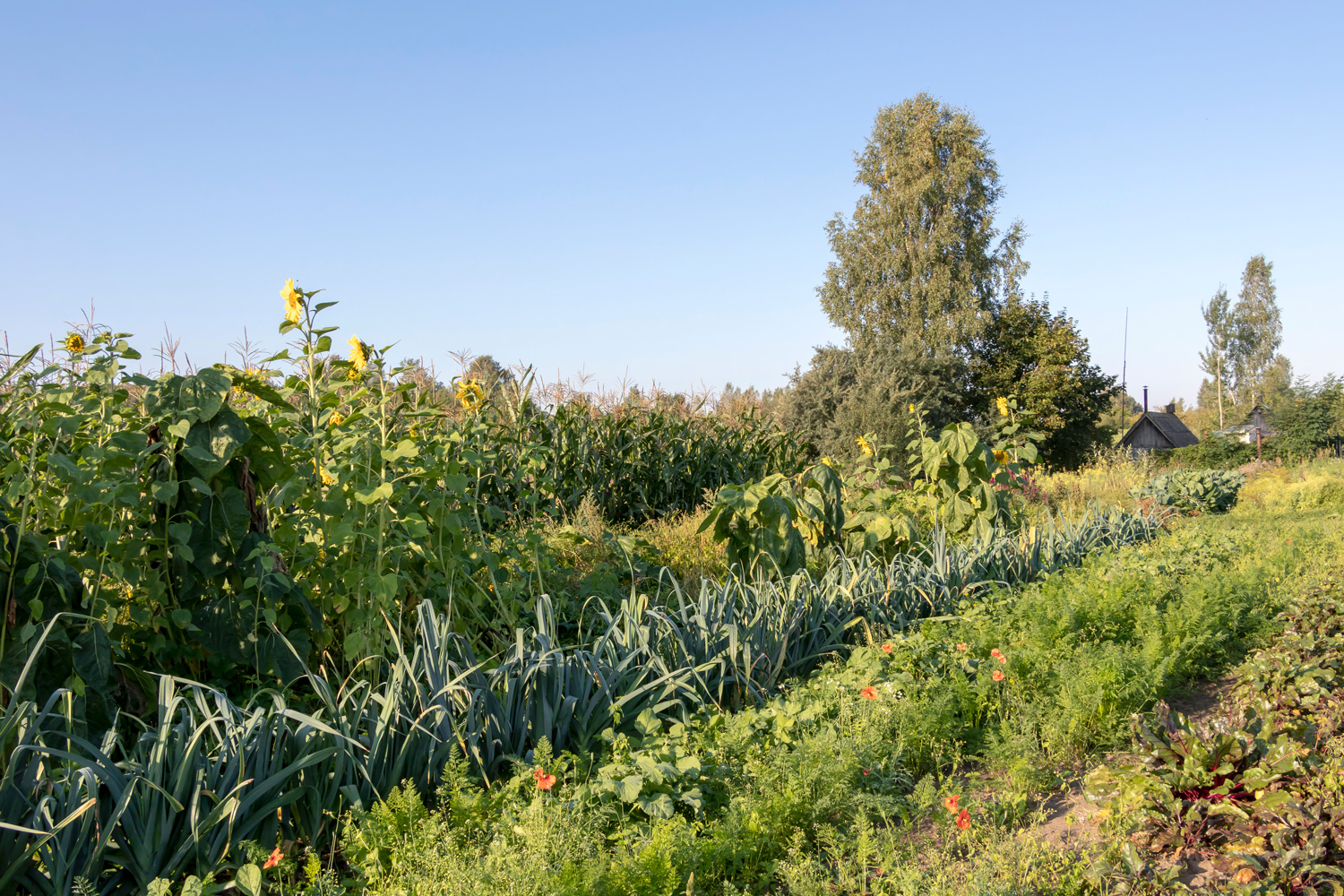
Companion plants need to be planted in close proximity to each other, within two to three rows in the same garden bed. The spacing in between the crops depends on the vegetation's growth requirement. If one variety needs to be spaced 10 inches apart, and the other requires 6 inches, space them 8 inches apart.
This practice serves beneficial to different combinations of crops, however, while this is true, some plants are incompatible and have proven to be detrimental to one another if planted in the same area.
Incompatible Plants
Incompatible plants are known to have adverse relationships because they either compete for nutrients and space, or they attract pests or fungus that can actually harm the entire crop in the garden bed.
To illustrate, gardeners do not plant melons or any other gourds next to cucumbers because these crops attract similar pests, making it impossible for these plants to mature without any damage.
Beans And Any Members Of The Allium Family
Beans cannot be planted with chives, leeks, garlic, and onions because these crops give off an antibacterial that evidently kills the bacteria present on the roots of the beans, disrupting their nitrogen fixing capabilities.
Mint And Other Kinds Of Herbs
Lavender, rosemary, sage, and thyme should not be cultivated with mint because they have different growth requirements.
Asparagus And Garlic
Asparagus and garlic are not compatible because these crops share the same soil nutrient requirements, and as such, they will compete which then affects their growth and productivity.
Tomato And Corn
Tomato and corn are classified as heavy feeders, that is, they require large amounts of the same nutrients and tend to compete. If grown together, the length of the corn will tend to prevent the tomato shrub from getting enough sunlight.
Carrots And Celery
Carrots require a lot of nitrogen in the soil in order to grow and develop. Though celery may not actively deplete the soil of the nutrient, it does not produce nitrogen to complement the symbiosis. It is best to grow carrots with peas and beans.
Potatoes And Tomatoes
Potatoes and tomatoes belong to the same family. This is the reason why they have the same diseases and they attract the same pests or insects. Potatoes are best cultivated with members of the cabbage family, peas, and beans.
Cucumber and Rosemary
Rosemary exudes some chemicals that will inhibit the growth of cucumbers. You may plant broccoli, cabbage, and cauliflower around cucumbers for better growth.
In Summary

The success of cultivating plants on any scale depends and is determined mainly by the factors and resources available to the vegetation in order to promote their growth and proliferation. The combined selection of plants that grow together is the final determinant of how they survive. We hope the article proved useful in making the right choice of plants. Happy gardening!
Looking for more tips on spacing your plants, check out our related articles:
